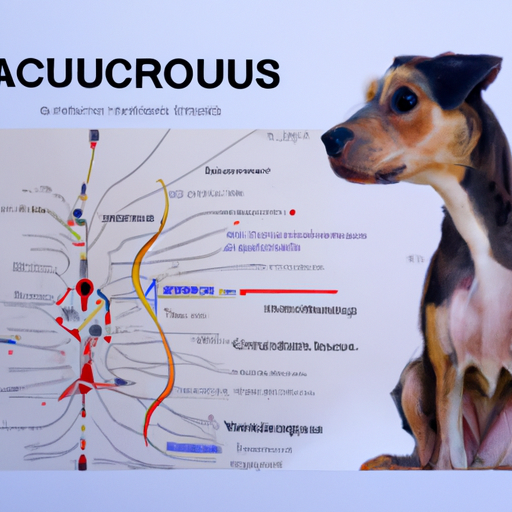Understanding Canine Reproduction
We often overlook the complexity of canine reproduction, but it’s a marvel in its own right. Each dog, whether a small breed or a large one, has a unique reproductive process. You, as a caregiver, must be familiar with the intricacies of it to ensure the health and well-being of your pet.
Understanding the reproductive process isn’t just about knowing how puppies are conceived, but also about the role the placenta plays in nurturing puppies in the womb. So, let’s start with the question: How many placentas does a dog have?
The Placenta: A Vital Organ
The placenta is a vital organ that develops in your dog’s uterus during pregnancy. It plays a crucial role in providing nutrients and oxygen to the developing puppies. But does each puppy have its own placenta? The answer is yes. Each puppy in a dog’s womb has its own placenta. This is because dogs are multiparous, meaning they have the ability to bear more than one offspring at a time.
Here’s a breakdown of the process:
- After a successful mating, the fertilized eggs travel to the uterus.
- Each fertilized egg implants itself in the uterine wall.
- Each implanted fertilized egg develops its own placenta.
The Role of the Placenta in Canine Pregnancy
The placenta serves as the life-sustaining link between your dog and her puppies. It provides them with nutrition, enables waste elimination, and even secretes hormones to support the pregnancy. The placenta, in essence, is the puppies’ lifeline until they are ready to be born.
You, as a caregiver, might wonder how you can support your dog during this critical period. Here are a few tips:
- Provide a nutritious diet to support her increased nutritional needs
- Do not expose her to stress or strenuous activities
- Maintain regular vet check-ups to monitor the progress of the pregnancy
Complications Related to Placentas in Dogs
Just as with any biological process, complications may arise. One common issue related to the placenta in dogs is placental retention, where the placenta isn’t expelled after the birth of a puppy. This can lead to infection and severe health issues.
Look out for the following signs:
- Prolonged labor
- Fever
- Abnormal vaginal discharge
If you notice any of these symptoms, contact your vet immediately.
Frequently Asked Questions (FAQs)
- Do all animals have the same number of placentas as dogs?
No, the number of placentas varies among different species. Multiparous animals like dogs typically have one placenta per offspring.
- What happens to the placenta after the puppies are born?
Normally, the dog expels the placentas shortly after each puppy is born. It’s crucial to ensure all placentas are expelled to avoid any complications.
- Can a dog get sick if it eats its placenta?
While some animals do eat their placenta after birth, it’s best to avoid this in domesticated dogs as it can cause gastrointestinal issues.
Remember, your role as a caregiver is crucial in ensuring a healthy pregnancy for your dog. Stay informed and consult with your vet regularly. Your furry friend is counting on you!



